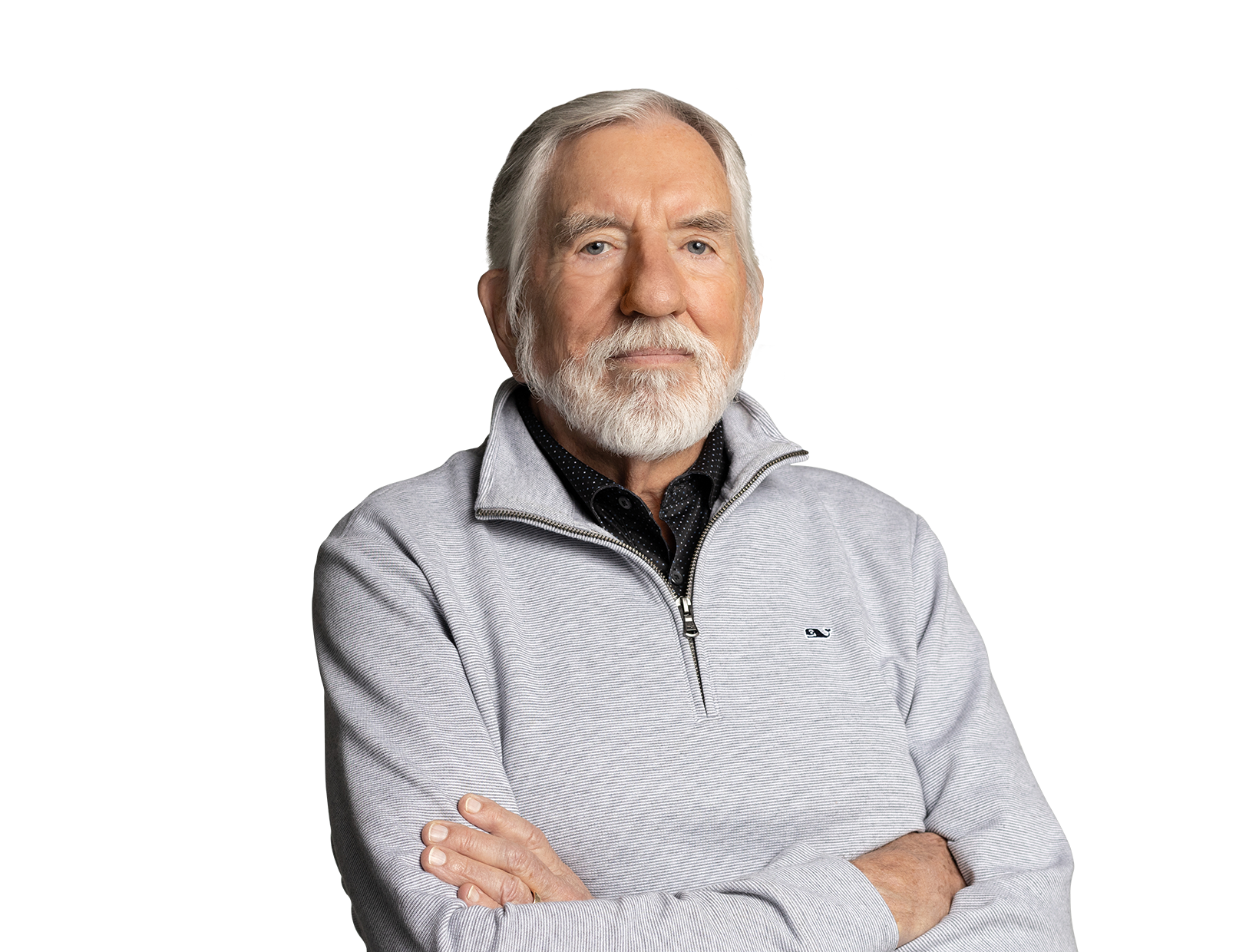Article
The BPCIA "Patent Dance"—Waiting for the Music to Begin
Pharmaceutical Compliance Monitor
Authors
-
- Name
- Person title
- Senior Principal

This article appeared in Pharmaceutical Compliance Monitor, January 22, 2015 and is reproduced with permission. Read "The BPCIA "Patent Dance"—Waiting for the Music to Begin" for the rest of this article (PDF).
The Biologics Price Competition and Innovation Act of 2009 (BPCIA) provides an abbreviated pathway for biosimilar products to enter the market by ripening patent disputes prior to FDA approval. Although somewhat analogous to the 1984 Hatch Waxman Act, the BPCIA contains a more complex—and to date, untested—statutory framework for exchanging patent information followed by two possible "waves" of litigation prior to biosimilar launch. The so-called "patent dance" begins when the biosimilar applicant discloses its confidential application and manufacturing trade secrets to the pioneer. When the dance stops, the pioneer will have an opportunity to assert at least one of its patents in a first wave of litigation.
But what if the biosimilar applicant refuses to disclose, as appears to have happened already in at least two instances? Under the BPCIA, if there is no disclosure there can be no patent dance and no first wave litigation opportunity for the pioneer. Believing that this would put the pioneer at a serious disadvantage not intended by Congress, one pioneer has now asked the FDA to make disclosure mandatory and require a biosimilar applicant to share its secrets with a pioneer as part of the approval process.
The BPCIA does not provide for an Orange Book-type listing of pertinent patents, but instead lays out a procedure by which the parties make a series of exchanges—including potentially, the biosimilar application and manufacturing process—to determine which pioneer patents might be at issue. The parties then negotiate the patents that are to be asserted in a first wave of litigation.
See 42 U.S.C. §§ 262(l)(2)-(6). A second wave of litigation, triggered by the applicant's obligation to provide 180-day notice of intent to launch, may follow. None of the patents litigated in the first wave may be reopened in the second wave. See 42 U.S.C. § 262(l)(8).
The opinions expressed are those of the authors on the date noted above and do not necessarily reflect the views of Fish & Richardson P.C., any other of its lawyers, its clients, or any of its or their respective affiliates. This post is for general information purposes only and is not intended to be and should not be taken as legal advice. No attorney-client relationship is formed.